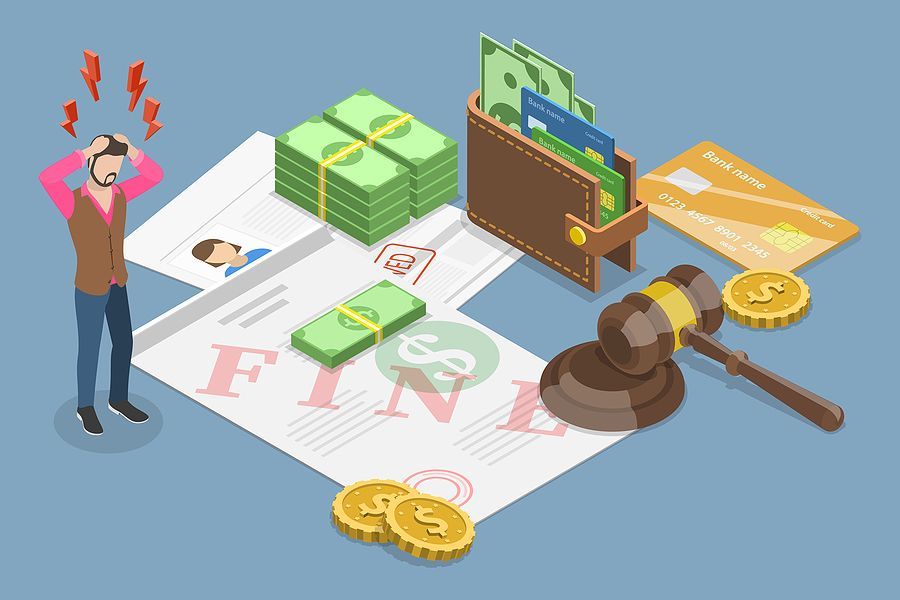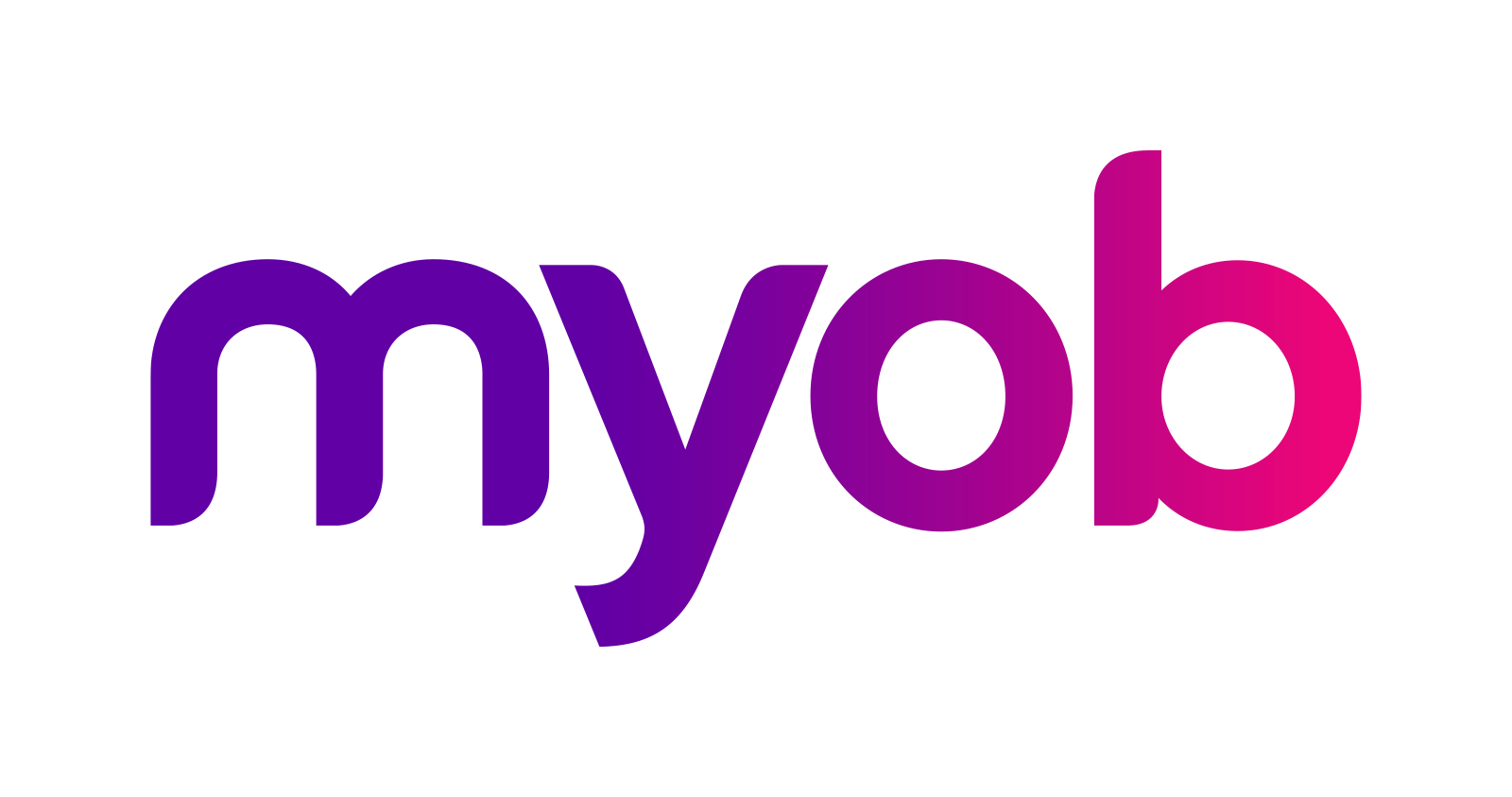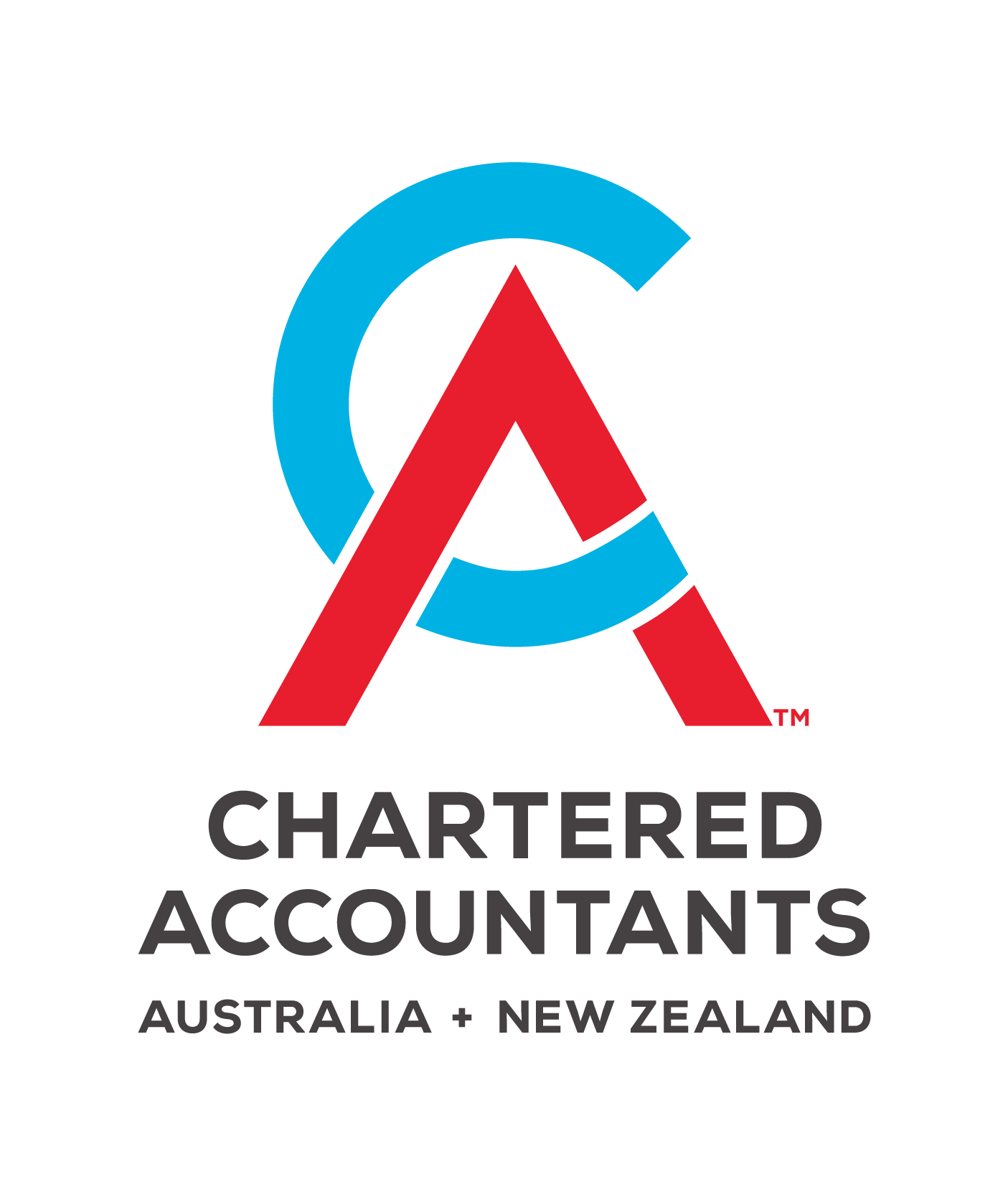News Articles
Picture this
You're the captain of a small business ship, navigating the treacherous waters of day-to-day operations, managing your crew, and juggling countless financial responsibilities. But in the chaos of it all, you accidentally overlook a crucial deadline—the payment of Superannuation Guarantee (SG) for your hardworking employees. Little do you know that this innocent mistake can unleash a storm of severe penalties, enforced by the Australian Taxation Office (ATO). Brace yourself as we delve into the depths of the extreme costs incurred when superannuation payments are made late.
The 8 penalties for late payments: they are severe
The SG payment, due on the 28th day following the end of each quarter, carries penalties that can quickly spiral out of control, even if you're just a day late. Here's a breakdown of the significant penalties you'll face when you miss the mark:
Penalty 1: The Superannuation Guarantee Charge (SGC) statement
Late payments necessitate the completion of a time-consuming SGC statement, to be lodged with the ATO within one month after the SG due date. This intricate form calculates the total superannuation, administrative fees, and interest amounts payable.
Penalty 2: Administrative fee per employee
For every quarter that the SG payment is late, an automatic non-deductible administrative fee of $20 per employee is slapped onto your bill. It may seem trivial initially, but when multiplied by your workforce, this fee can rapidly accumulate.
Penalty 3: Interest charges
The ATO levies interest at a nominal rate of 10%, calculated from the start of the relevant quarter until the SGC statement is lodged. This interest is paid to the ATO as part of the SGC and then disbursed as a concessional contribution to employees' superannuation accounts. Unfortunately, there's no escaping or negotiating this interest—it must be paid in full.
Penalty 4: Super on all salaries and wages
While ordinarily, SG is payable solely on Ordinary Time Earnings (OTE), excluding overtime, late payments require superannuation to be calculated on all salaries and wages, including overtime. This means a more substantial chunk of your payroll budget will be allocated to superannuation.

Penalty 5: Lost tax deduction
Late superannuation payments come at a cost—specifically, the loss of a crucial tax deduction. According to section 26.95 of the Income Tax Assessment Act 1997 (ITAA97), no part of the SGC statement payment, including the superannuation component, is tax-deductible. This loss of a tax deduction often constitutes the largest expense for businesses when superannuation payments are only slightly delayed.
Penalty 6: 200% "Part 7" Penalty
The ATO can impose an additional penalty known as the "Part 7" penalty for late lodgement of the SGC statement. By default, this penalty amounts to a staggering 200% of the SGC amount, turning a financial setback into a full-blown disaster.
Penalty 7: Director's personal liability
The ATO wields the power to issue a Director Penalty Notice (DPN) for unpaid SGC amounts, making directors personally liable. If the SGC statement was lodged on time, directors can avoid the DPN by appointing an administrator within 21 days. However, if the statement was lodged late, the only option is to settle the DPN by paying the full amount. Even if the company is liquidated, the ATO retains the authority to estimate SG amounts and hold directors accountable.
Penalty 8: Potential criminal charges
Since 2019, the Commissioner of Taxation can pursue criminal penalties, including imprisonment for up to 12 months, for directors involved in serious breaches of SG obligations. It's a harsh reality that could turn a business owner's world upside down.
But wait, there's more to consider:
- Single Touch Payroll (STP) and electronic super reporting have given the ATO real-time data on late super payments, leading to increased scrutiny in this area.
- The ATO leaves no stone unturned—they pursue every dollar owed in SGC, regardless of the amount.
- The law does not discriminate; even if the SG is owed to a sole director and shareholder, the penalties still apply.
- Prospective buyers conducting due diligence on businesses will meticulously review several years' worth of super payments to ensure there are no unfiled SGC statements.
- Employees now have easier access to their super balances, empowering them to report any unpaid super complaints directly to the ATO.
So, when exactly is super considered paid?
Super is deemed paid only when it reaches the employee's super fund bank account. While some clearing houses recommend allowing 10 business days for processing, it's essential to verify the timeline with your chosen clearing house.
Let's illustrate the potential costs with an example:
Imagine SmallBus Pty Ltd, with 10 employees, paid wages of $250,000 in the March 2022 quarter, with $25,000 in accrued super. Although SmallBus Pty Ltd pays the full $25,000 on April 27, 2022, the amount doesn't reach the employees' super funds until April 29. Unfortunately, no SGC statement is lodged until April 1, 2023, prompted by a letter from the ATO.
The non-negotiable cost of this one-day late payment would be:
- Admin fee: $200
- Interest: $3,116
- Lost tax deduction (at 25%): $6,250
Total: $9,566
In addition, the ATO could impose a total penalty of 200% of the SGC amount, amounting to $19,132. Assuming the ATO reduces it to 100%, the total cost of paying the super just one day late would still be a staggering $19,132.
And that's not all—directors could also face personal liability for the SGC amount, even if SmallBus Pty Ltd goes into liquidation.
Tips to minimise SGC risk:
To avoid this financial nightmare, consider the following strategies:
- Make monthly super payments or include them in each pay run to spread the risk and reduce the impact of any potential mistakes at the end of a quarter.
- Pay super well in advance of the due date to ensure ample time for processing.
- Monitor the super payable account closely to ensure that super accrued from payroll aligns with the payments made.
Remember, the cost of late superannuation payments can be astronomical, and staying on top of your obligations is crucial to avoiding the financial storm that awaits those who fall behind. Make sure to read our
Key Dates to Remember.
Discuss Further?
If you would like to discuss, please get in touch.
Disclaimer
The information provided in this article does not constitute advice. The information is of a general nature only and does not take into account your individual financial situation. It should not be used, relied upon, or treated as a substitute for specific professional advice. We recommend that you contact Brentnalls SA before making any decision to discuss your particular requirements or circumstances.








